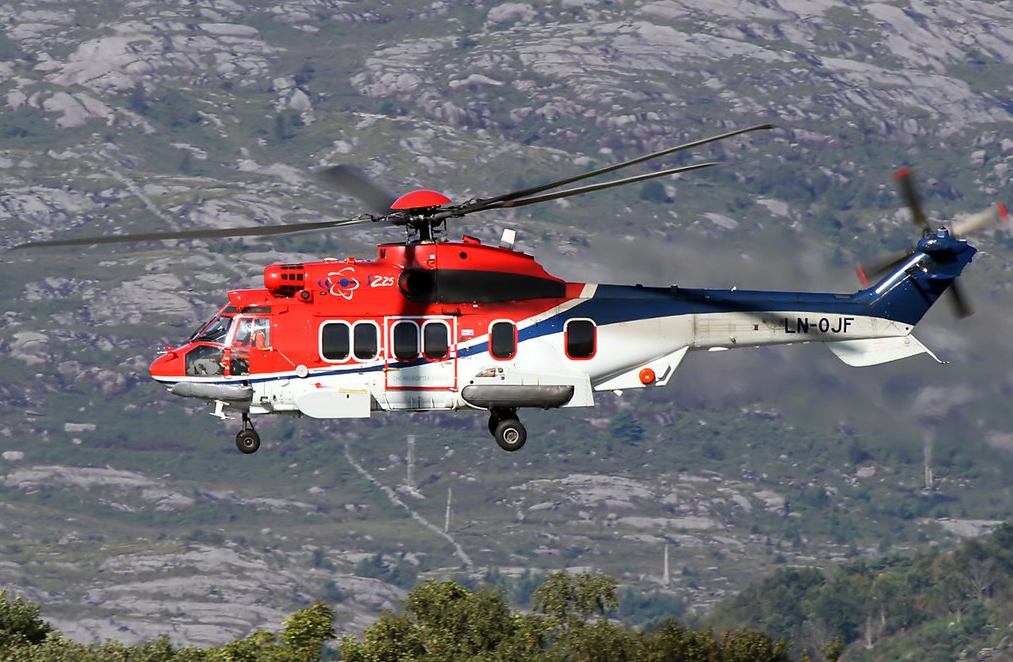
A senior official at CHC Helicopter has revealed there were no emergency transmissions from the doomed Super Puma in the moments before Friday’s crash.
Duncan Trapp, the company’s vice-president for safety and quality, also told the Press and Journal the two pilots were “very experienced”.
A major investigation has been launched into the cause of the disaster, which claimed the lives of all 13 people onboard, including Aberdeenshire man Iain Stuart.
Last night, Mr Trapp, who is in Stavanger liaising with Norwegian, British and French industry investigators, paid tribute to those who died.
“The families and friends of all of those who perished are in the thoughts and prayers of everyone at CHC,” he said.
“We were all deeply affected by this tragic accident which saw the loss of passengers and our crew colleagues – we will do all we can to work with the investigation teams to identify the root cause of the accident.”
CHC has said it is too early to discuss the possible cause of the crash.
However, it is understood the probe led by the Accident Investigation Board Norway will focus on technical aspects of the helicopter as well as weather and human factors.
In the days before the incident, the Super Puma had to turn back to base twice after warning lights came on.
On Tuesday, April 26 the helicopter returned to Flesland Airport near Bergen where a maintenance crew inspected it and replaced a part.
The following day a test flight was aborted when a warning light reappeared.
Another component was replaced.
No warning lights illuminated during a second test flight and on Thursday the aircraft returned to operational use, completing six commercial flights with no indications of technical problems.
Mr Trapp said none of the replacement parts was “physically connected” to the rotor or gearbox.
The “return to base” incidents are not uncommon in the industry.
Last night, Mr Trapp was asked whether any indication of a problem was given in the moments before the tragedy.
He said: “There are no reports of transmissions from the aircraft to Air Traffic Control with regards to a problem onboard.”
He added: “Both of the crew were very experienced pilots.”
He also clarified earlier reports that CHC had applied to aviation authorities to extend the time period that the gearbox in the Super Puma was in service.
Mr Trapp confirmed the extensions applied to a previous gearbox fitted in 2015. There were no outstanding extensions on the gearbox fitted to the aircraft which crashed on Friday.
Of the 42 Super Pumas operated by CHC Helicopter around the globe, eight are based in Aberdeen and 14 in Norway.
All EC225s are currently suspended from commercial service by aviation authorities and there is not currently a timetable for them to return to the skies.
Q: Had the crashed helicopter ever been based in Aberdeen and flown in the UK sector of the North Sea?
A: The aircraft is Norwegian registered and based.
Q: Airbus has just completed a massive modification programme to the EC225, how do you feel about claims that this it is inherently flawed and dangerous?
A: All modifications are subject to extensive testing and, where appropriate, certification. Nothing inherently flawed or dangerous would be introduced into the heavily regulated aviation industry.
Q: How do you feel about a petition that has been launched to ban the EC225?
A: The views of our customers and passengers are important but our focus is on the families and friends, the investigation and continuing safe operations.
Q: What is the long-term future for the EC225 in the North Sea?
A: The focus is on identifying the root cause and rectification of the failure involved in this tragic accident.
For all the latest on the North Sea helicopter crash click here.
Recommended for you
